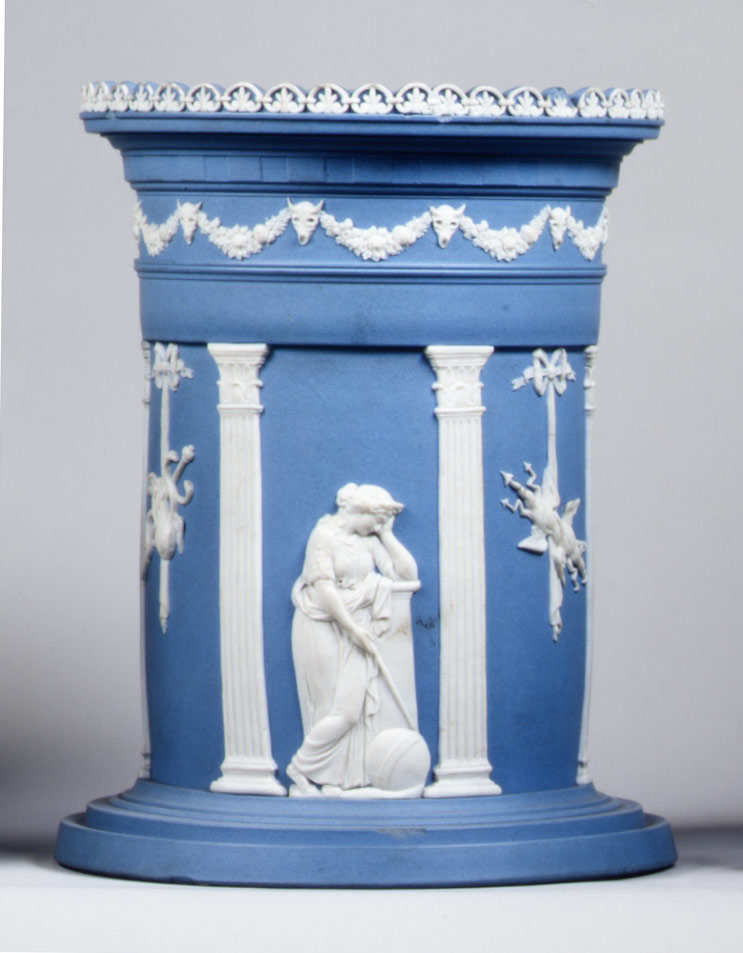 |
| The Church of St. Madeleine, Paris, France |
Here, design was still an unrecognized part of the process of creating something. The craftsmen felt that there was no need to design something before hand and simply filled out an order in any particular design they wanted most of the time.
Neo Classicism ran concurrently with Romanticism which is considered to be its opposite as it largely depicted romantic notions and was mostly based on fantasy rather than real life as Neo-Classicism was. It was based on the same ideals and characteristics as Ancient Greek and Roman art, namely simplicity and symmetry along with a proper depiction of nature.
One sub-category of Neo-Classicism worth mentioning is Victorian Classicism where the symmetry remained but was more ornamental in style. Naturally as with everything else in England at the time this movement was popular during the reign of Queen Victoria.
Ironically Queen Victoria was an advocate of simplicity and discipline, however the Victorian style is vastly considered to be an over ornamental style. This was one thing which the designer and founder of the Arts and Crafts movement William Morris despised above all - not the ornamentation itself, that e was actually very fond of, but the fact that craftsmen and manufacturers were more concerned with ornamentation over the quality of the product.
Back to Neo-classicism, the emergence of this style closely coincided with the beginning of archaeology and the re-discovery of the Greek and Roman styles, and most especially Johann Joachim Winckelmann's writings showing the differences between the two and the sub-periods in Greek art which show the progress from the early art and sculptures to the more advanced workings of the Hellenistic period.
One very important designer of the Neo-Classic era was Josiah Wedgewood whose blue and white relief vases and home ornaments are still very much in demand today.

Two of Josiah Wedgwood's works
REFERENCES:
Neoclassicism - Wikipedia, the free encyclopedia. 2013. Neoclassicism - Wikipedia, the free encyclopedia. [ONLINE] Available at:http://en.wikipedia.org/wiki/Neoclassicism. [Accessed 12 October 2013].

No comments:
Post a Comment